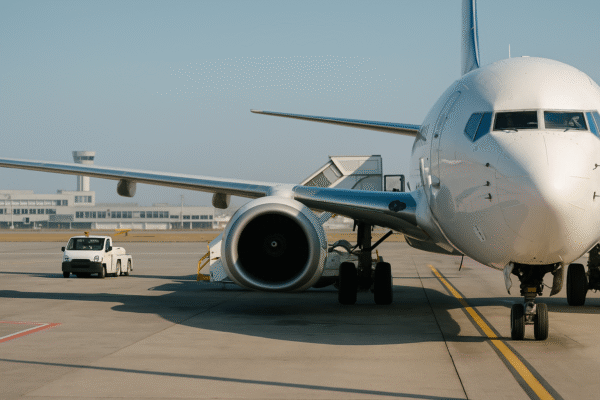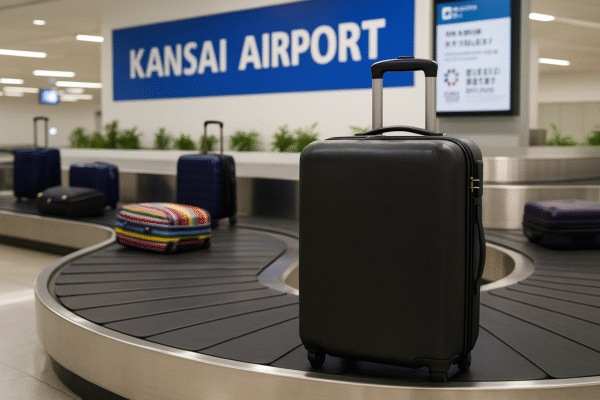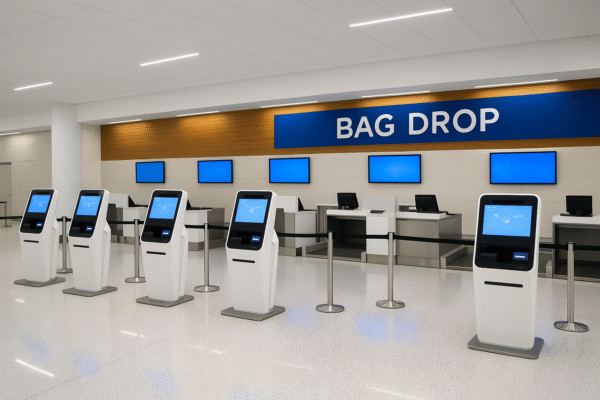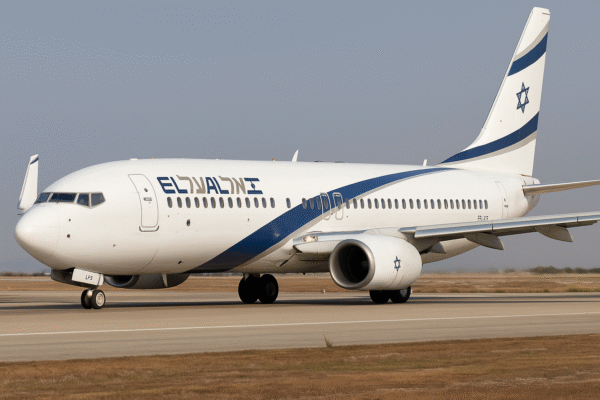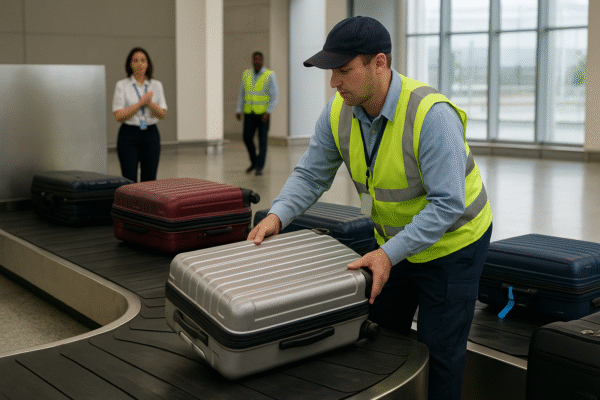Nestled on an artificial island in Osaka Bay, Kansai International Airport (KIX) has achieved an extraordinary 30‑year milestone: not a single piece of checked baggage has been lost under its watch since it opened in September 1994. This impeccable record, rare in global aviation, speaks volumes about the airport’s perfected baggage handling system and its unwavering commitment to traveler confidence.
A Legacy of Precision and Teamwork
Since its inauguration in 1994, Kansai Airport has processed millions of bags annually—handling around 10 million baggage items in fiscal year 2023 alone. Despite the volume, not one bag has gone astray due to baggage handling failures.
The secret lies in a vigilant, multilayered system that pairs automation with human diligence. Two to three staff members share responsibility for each flight’s baggage, reducing handoffs and enhancing accountability. This teamwork ensures that no detail is overlooked. A central guiding principle: avoid assumptions—every staff member verifies numbers and procedures rather than presume the next step is secure.
Manual Checks Bolstered by High-Tech Support
KIX employs both advanced systems and traditional verification. At its core is a conveyor-based sorting system controlled by computers, complete with in-line screening machines that scan for safety threats. Yet, critical checkpoints still rely on human eyes, from verifying bag tags to placing luggage on dollies bound for the aircraft. This hybrid approach merges speed with precision.
Airline-Specific Manuals and Continuous Training
Customization is key. The airport works hand-in-glove with each airline, using regularly updated manuals to align procedures. These living documents evolve through feedback from frontline staff, ensuring that systems improve through experience—not stagnate.
All staff, new and seasoned, undergo extensive training centered around accuracy, mutual communication, and responsibility—not speed. This unified standard ensures consistent performance across roles and shifts.
Speed and Care: From Runway to Carousel
Efficiency doesn’t compromise care. KIX aims to deliver baggage to the carousel within 15 minutes of aircraft arrival—a target grounded in minimizing passenger stress. A faster benchmark from 2019 records this time at about 11 minutes.
Even the placement of suitcases at the baggage carousel matters: handlers position handles facing outwards for easier passenger access. In rainy conditions, bags are wiped dry, and fragile items like musical instruments or strollers are handed directly to travelers.
Humble Excellence and Global Acclaim
Though its consistency has earned international praise—including eight Skytrax World’s Best Airport for Baggage Delivery awards—KIX staff remain grounded. “We don’t feel like we’re doing something extraordinary,” says a public relations officer. “We simply do our daily jobs.”
Ready for a Surge: Expo 2025 Preparations
KIX is bracing for a massive influx of travelers—expected to serve approximately 37 million passengers in fiscal 2025, spurred by World Expo 2025 in Osaka. Yet, if history holds, the airport’s layering of protocols, consistent training, and operational discipline will continue to safeguard its flawless record as demand peaks.
Designing Success—Airport Infrastructure That Supports Efficiency
Kansai’s unique advantage lies partly in fate and design. Built from scratch on an artificial island, the airport’s layout avoids the inefficiencies of legacy terminals. Its modern design reduces baggage transfers and streamlines flow.
A related feature, the Wing Shuttle—a driverless people-mover within Terminal 1—enhances passenger movement, indirectly supporting baggage logistics by keeping travel flows smooth and predictable.
A Model for the Industry
In contrast to places where lost luggage remains a common frustration—for instance, U.S. domestic flights still lose nearly 0.58% of checked bags—Kansai stands as a model for what discipline and precision can achieve.
Conclusion
For travelers to Osaka—whether exploring neon-lit cityscapes, venturing to historic Kyoto temples, or heading to the grand Expo 2025—one worry need not tax the mind: your luggage. Kansai International Airport’s three-decade record of zero lost baggage is not a happy accident but the result of deeply ingrained systems, staffing culture, and deliberate infrastructure. It’s a legacy of trust that travelers carry far beyond the airport itself—at least until they claim their bags, which is almost a sure thing.
For more travel news like this, keep reading Global Travel Wire











